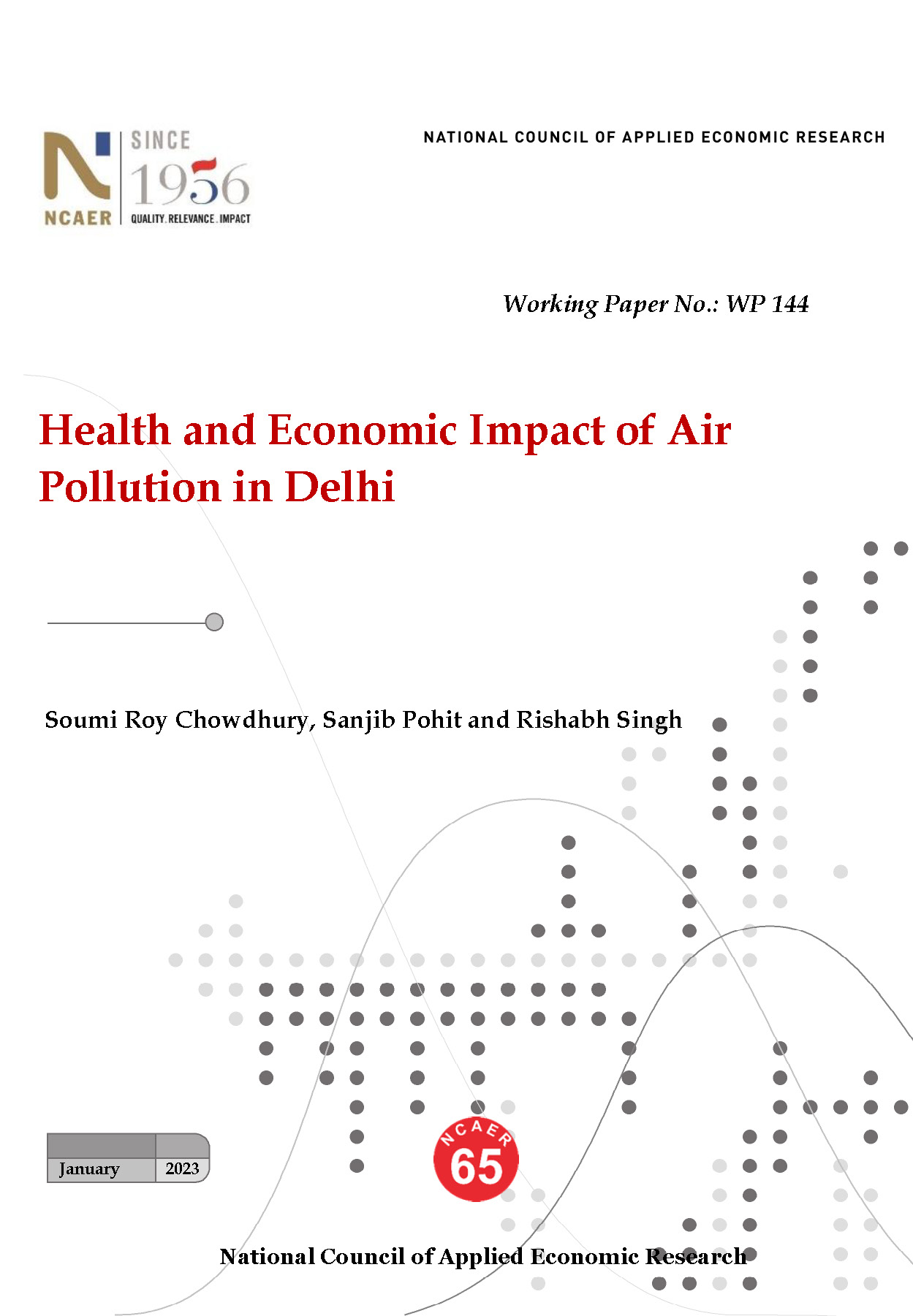Health and Economic Impact of Air Pollution in Delhi
Soumi Roy Chowdhury
Sanjib Pohit
Rishabh Singh
January 2023
Many cities in urban India, particularly the metros, are major hotspots of air pollution with a PM 2.5 concentration level ranging above the permissible limits defined by the WHO for most of the year. Since the transport sector is a major source of air pollution in urban India, the Government of India adopted BS-VI emission standards in 2016 for all major on-road vehicle categories. The rollout of clean fuel (BS-VI) in India began in the capital city Delhi, the most polluted city of India.
In this context, this paper attempts to analyse the economic cost of air pollution in the States of Delhi/Haryana through a primary survey of households in order to understand whether the introduction of clean fuel has reduced the pollution. While Delhi is our treatment group for this analysis, Haryana is our control group, as clean fuel was still not rolled out in the latter State when the primary survey was undertaken.
We find a decreasing trend in the self-reported short and long-term health illnesses among respondents in Delhi while similar differences have not been noted in Narnaul, Haryana. Moreover, the cumulative economic cost of pollution from health expenditure, productivity loss, and contingent valuation is found to be lower in Delhi than in Haryana.
Impact Evaluation







